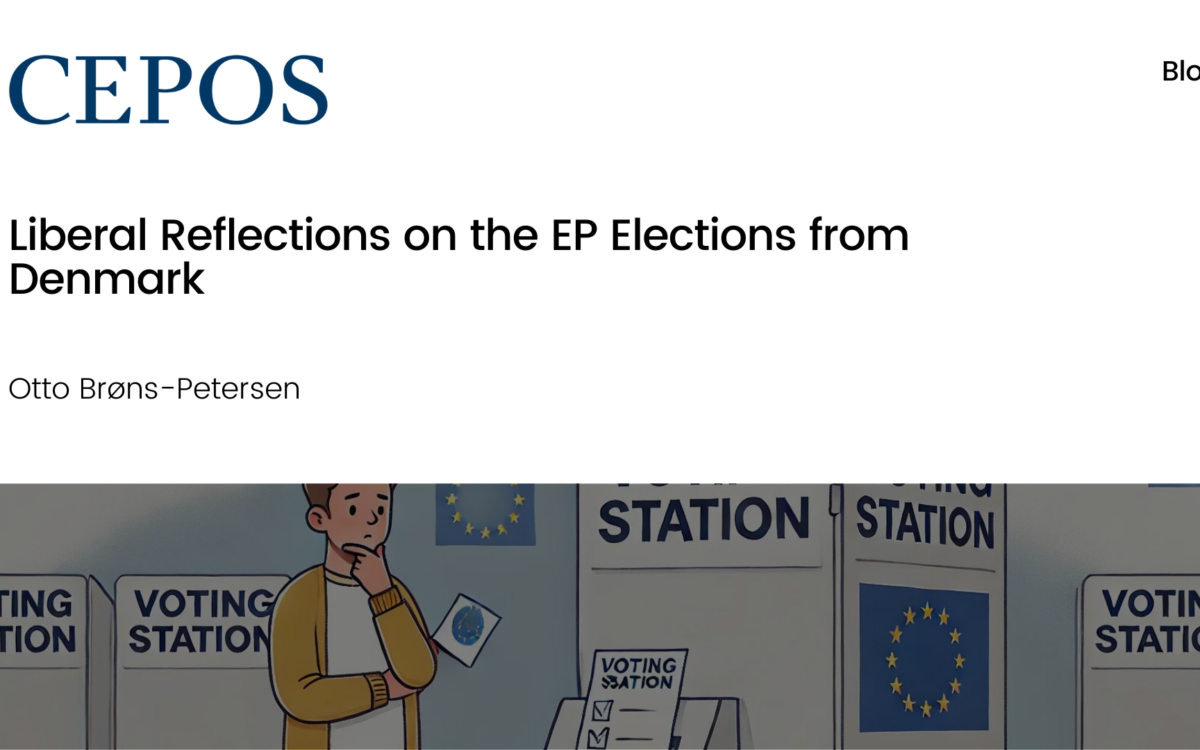Connected Cars and the EU

Connected Cars and the EU
Matteo Baccaglini // 25 July 2019
A motorist in the average European state spends 29 hours a year stuck in traffic. This is a waste, costing drivers in the EU €100bn annually. Coming to a complete stop, idling and reaccelerating are responsible for a quarter of our vehicles’ CO2 emissions, aggravate heart and lung diseases, and cause respiratory illnesses, especially in children. If vehicles could coordinate with each other to minimise idling and keep on moving, Europe would be safer, cleaner and richer.
Enter the Cooperative Intelligent Transport Systems (C-ITS) – Eurospeak for technologies through which vehicles can communicate to each other and to roadside infrastructure, such as traffic lights and toll booths. C-ITS promises to reinvent modern traffic management: it will reduce road casualties, ease congestion, improve health outcomes and lower emissions. It’s an essential stepping stone on the road to self-driving vehicles.
Since July 2014, the European Commission has been developing C-ITS through several projects, including parking space management in the Port of Hamburg, electronic road tolls, and traffic information and lane management services in seven member states.
Encouraged by the results of these projects, earlier this year, the Commission proposed Directive C(2019)1879, a delegated regulation to standardise C-ITS across the EU – so that vehicles and roadside infrastructure using C-ITS are interoperable.
But the technology proposed by the Directive as the communications signal to be used between different C-ITS stations – the Wi-Fi standard 802.11p – upset leading players in the telecommunications and automotive industries, who endorsed the technologically-superior Cellular Vehicle-to-Everything (C-V2X).
It should be an easy choice to make: cellular technology will save more lives and spur more innovation.
Cellular technology uses higher-frequency radiowaves than Wi-Fi and is supplemented by radio stations to communicate over longer distances – so cellular technology allows vehicles to communicate earlier than Wi-Fi, reducing the chances of a collision. For example, on motorways, the cellular technology exhibits a range improvement of up to 135%. When vehicles need to communicate, cellular technology is more reliable and less susceptible to interference than Wi-Fi: one study found that at an urban junction, the Wi-Fi specified in the Directive has a 78% chance of warning of an imminent collision, while cellular technology has a 96% chance.
More importantly, cellular technology is integrated into smartphones. This means that cellular technology can warn vehicles of nearby smartphone-carrying pedestrians – reducing collisions and saving more lives. It is unlikely that the Wi-Fi specified in the Directive will be integrated into future smartphones because it is an older technology.
Additionally, industry trade bodies argue that cellular technology will be cheaper than Wi-Fi and unleash more innovation and investment. Manufacturers believe that cellular technology will benefit from economies of scale and compliance with international markets that are also adopting cellular technology for connected cars. Because cellular technology will use 5G, the same chip used for C-ITS can also be used for in-car ‘infotainment’ services (think live traffic updates or on-board film streaming). The same is not true for Wi-Fi, which has a slower connection and a more limited capacity. Meanwhile, connecting smartphones with vehicles is a useful step towards self-driving vehicles, which will need to know when and where pedestrians are crossing the road.
It is estimated that if the Directive adopted cellular technology rather than Wi-Fi, it would save up to 20,000 more lives and avoid up to 299,000 more injuries by 2040, while galvanising 5G and automation investment, yielding an additional €7bn in net benefits by 2035.
The Commission’s argument for choosing Wi-Fi is that it is readily available, while cellular technology, including widespread 5G coverage, isn’t.
But the Commission deeply underestimates the technological progress that has already been made. Ford and Huawei are among a number of car manufacturers that have run successful tests using cellular technology, while Shanghai is hosting an intelligent vehicle network covering 100km2 using both Wi-Fi and cellular technology, and 23 million cars in Europe already contain a chip employing cellular technology for infotainment services. 5GAA, a trade body of telecommunications companies and vehicle manufacturers, estimates that the required cellular technology will be commercially available by 2020. As for 5G provision, the Commission’s own 5G Action Plan aims to have uninterrupted coverage across all major terrestrial transport paths by 2025.
Yet the fundamental point that the Commission misses is that because cellular technology is so much more technologically-superior, over time, more lives will be saved by waiting and adopting cellular technology rather than immediately implementing Wi-Fi as the standard for C-ITS.
By endorsing Wi-Fi, the Directive recklessly and needlessly denies Europeans the life-saving benefits of cellular technology. It’s irresponsible of the Commission to ignore businesses and padlock Europeans into using outdated technology, when newer technology promises to save more lives and increase investment.
Missing in the debate is also the question of whether setting a standard is at all necessary. The automotive industry is already developing and implementing the technology. The Directive will require the expensive renovation of roadside infrastructure. Leaving it up to the market – which could accommodate a coexistence of Wi-Fi and cellular technology – is estimated to increase net benefits by €43bn by 2035.
Fortunately, the Directive was rejected by the Committee of Permanent Representatives in early July 2019: 21 member states voted against the proposal. It now remains to be seen whether the Commission will repackage and re-propose the Directive. If it does, it should use cellular technology.
EPICENTER publications and contributions from our member think tanks are designed to promote the discussion of economic issues and the role of markets in solving economic and social problems. As with all EPICENTER publications, the views expressed here are those of the author and not EPICENTER or its member think tanks (which have no corporate view).




